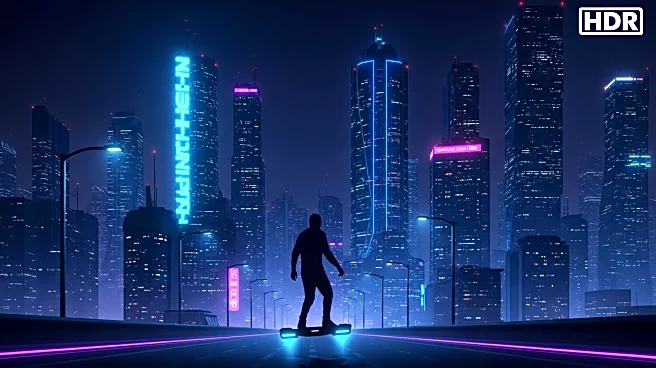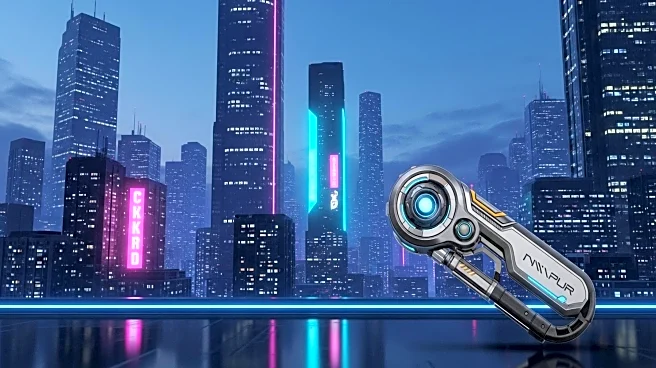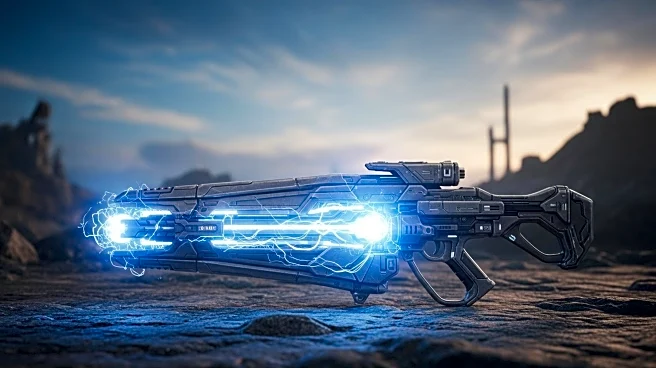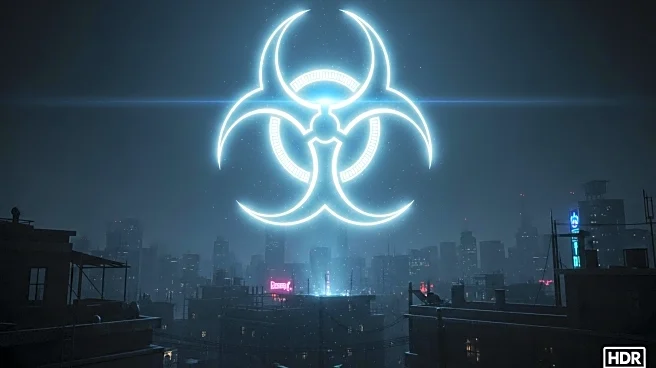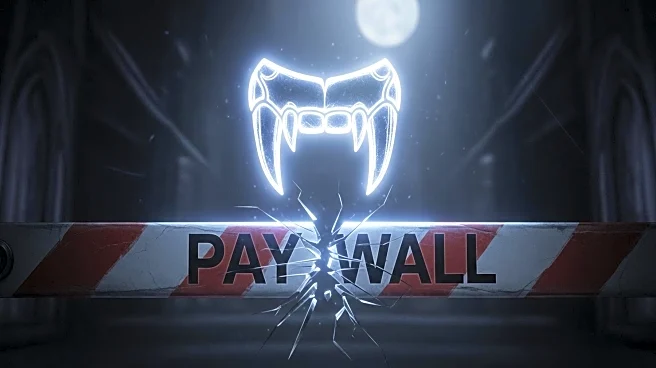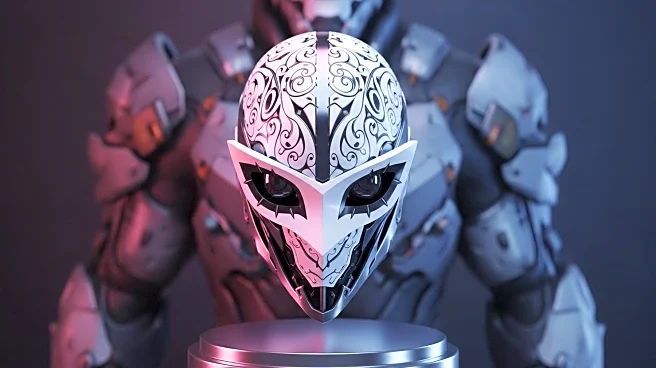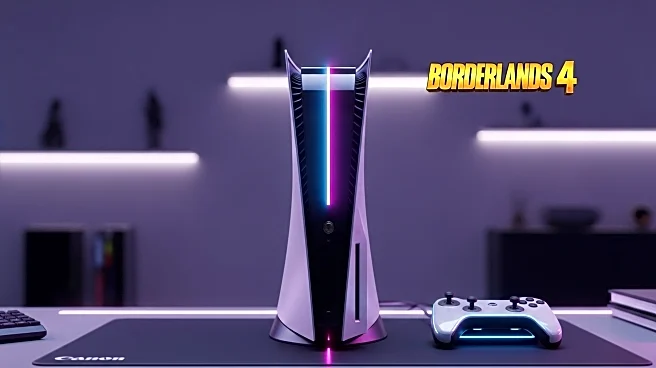What's Happening?
Dying Light: The Beast, a standalone sequel to the popular zombie parkour game series, has been released, offering players a more grounded horror and survival experience. The game returns protagonist Kyle Crane to a new setting, Castor Woods, where players navigate an open-world environment filled with zombies and engage in parkour and melee combat. The game introduces new mechanics, such as Beast Mode, which allows players to temporarily gain superhuman abilities. The emphasis on horror and survival, along with a refined combat system, marks a shift from previous installments.
Why It's Important?
The release of Dying Light: The Beast represents a significant evolution in the series, focusing on horror and survival elements that enhance the gaming experience. This shift may attract a broader audience interested in more intense and immersive gameplay. The game's success could influence future developments in the genre, encouraging other developers to explore similar themes. Additionally, the game's emphasis on strategic combat and resource management reflects growing trends in gaming that prioritize skill and strategy over sheer power.
What's Next?
As players explore the new features and mechanics, feedback will likely shape future updates and expansions. The game's reception may influence Techland's approach to developing Dying Light 3 or other projects. The gaming community will watch closely to see how the game performs commercially and critically, potentially impacting the direction of the series.
Beyond the Headlines
The game's focus on horror and survival raises questions about the portrayal of violence and fear in media. It also highlights the cultural fascination with zombie narratives and the psychological appeal of survival scenarios. The game's design choices may spark discussions on the balance between entertainment and ethical considerations in gaming.

